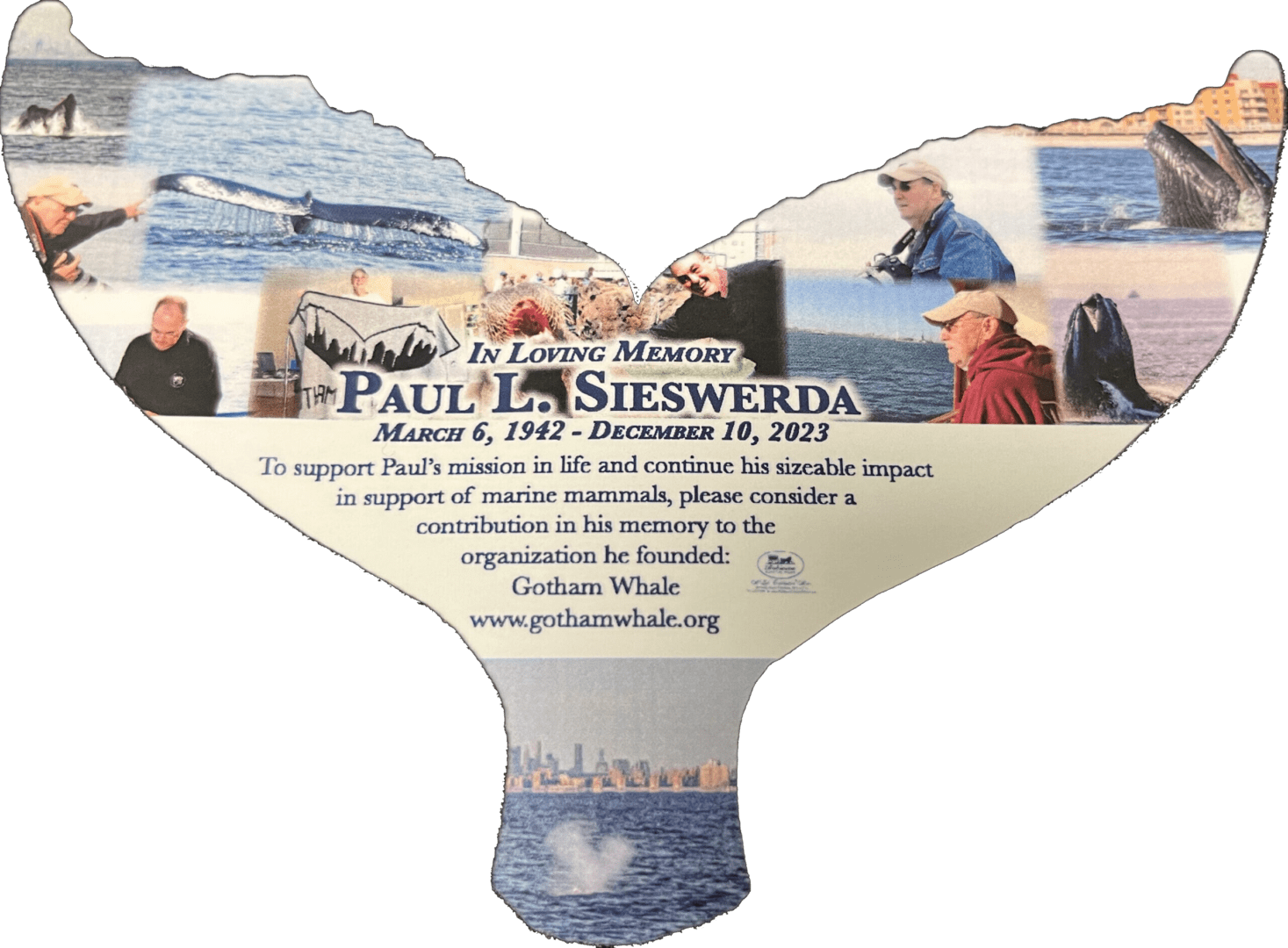While at the New York Aquarium, Paul Sieswerda began a project to count seals that were returning to Staten Island each winter. He modeled the project on the Christmas Bird Count conducted by The National Audubon Society. Beginning in 1900 the Audubon Society asked their members to make a count of all the birds they saw on a particular day around Christmas. This was an outgrowth of a tradition where hunters would see how many birds they could kill, not for food, but for what, at that time, was considered sport. Frank Chapman, an early founder of the Audubon Society, suggested their members count, rather than kill, the birds they encountered.
This concept was refined over the years to generate a census of birds across the country. The body of information is huge and valuable.  It has become respected by scientists as an overview, or “snapshot” of the population of birds that would otherwise be impossible.
Beginning in 2006, Sieswerda conducted a similar annual survey to simply count the seals that were reported to be on Swinburne Island, a small man-made island just off the east coast of Staten Island. Having observed the expansion of seals into Massachusetts waters during his tenure at the New England Aquarium, he was intrigued by wildlife in close proximity to urban centers.
New York City represents the epitome of human development and to see marine mammals so close to one of the world’s great cities, deserved study. With the help of Kingsborough Community College’s Maritime Center he began to make an annual count of the seals of Swinburne Island. It is not an easy task to find a boat seaworthy enough to make a mid-winter cruise, even just to the shore of Staten Island. Captain Rob Stiglitz and KCC made that possible for a number of years.​
Those observations from the annual counts established that seals were consistently returning to Swinburne every year, in growing numbers. The American Princess suggested a commercial venture to bring patrons to help count and photograph the seals. Sieswerda joined as Naturalist after his retirement from the Aquarium.
The association with the American Princess allowed  weekly, rather than annual, observations and data collections. Each trip provided a new data point that noted the species, the number, and location as well as any behavioral activities of interest. With that we were able to document that the seals were feeding in the area (photos of seals consuming herring), the mix of species, grey and harbor, and some individual markings that may be useful in tracking their movements. In the past few years whales and dolphins have been returning to the area and we  expanded our model to include all marine mammals.
The incorporating of average citizens into this project is crucial to its success. The citizens directly support, through their patronage, the American Princess which provides a platform for the research that has now grown into Gotham Whale. As much as a direct grant would do, their fares make it possible for Gotham Whale researchers, to count seals, monitor dolphins, and identify whales in the waters of New York. Gotham Whale thanks the patrons of the American Princess for their support.
As our work progressed our “Citizen Scientists” have provided photographs of humpback whales that can be identified as individuals. We have begun a New York Humpback Whale Catalog that will track New York whales, by name.
Gotham Whale is committed to “Citizen Science” as a means to expand observations that professional scientists would find impossible. We will share our data with similar organizations and researchers to broaden the knowledge of these magnificent creatures that are returning to New York.
RESEARCH RESULTS:
Summary of Whale Sightings 2011 and 2012
​Location of Sightings 2011 and 2012
Summary of Dolphin Sightings 2011 and 2012
These data show our sightings for the years 2011 and 2012. Â The number of whales max. 3 Â on one sightings and only 3 sightings for the year was increased in 2012 five fold. Â The data for 2013 will show an even greater increase in the number of whales in and around NY City. Â (in press)
